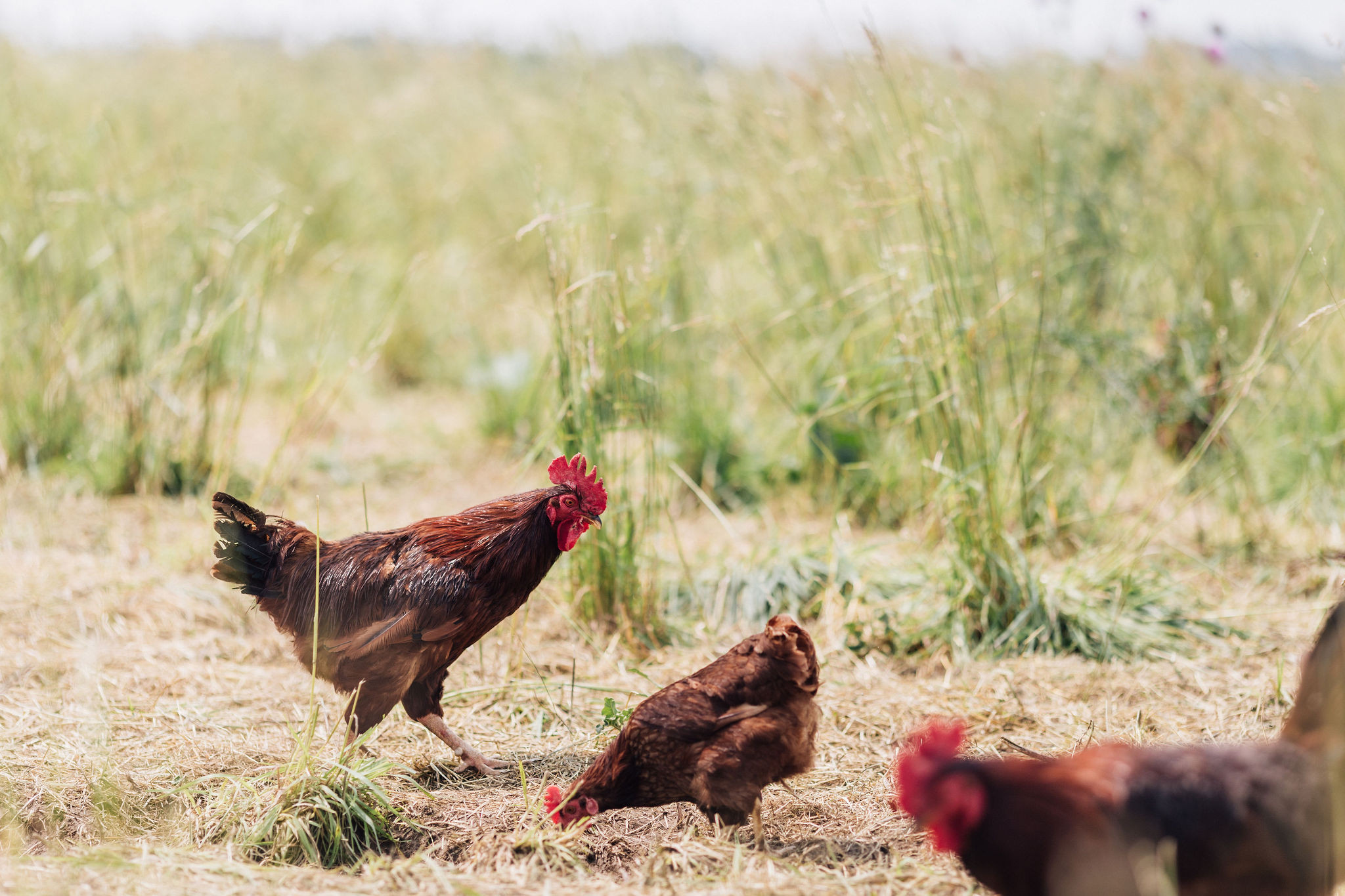When did you go down the rabbit hole and learn about the benefits of eating clean, animal-based foods? For me, it was when I was pregnant with my first child. I thought I was eating healthfully... but then my eyes were opened to so much more than is taught in health class and is accepted as "common knowledge" of the time.
And, come on, the internet can be such a scary place to learn about food. Eggs definitely give you high cholesterol. Drinking raw milk will definitely kill you. Lucky Charms are definitely healthier than grass-fed beef(anyone else see that NIH study about the new Food Compass rating system? Ugh). Who funds this stuff?But once you find trusted sources (you know, the ones backed with unbiased research and typically not served to you by Google), you can't unlearn it. And, the more you learn, the more you want to learn. And, once you gain your food confidence, you want to share it, too!Heck, if you're daring, maybe you even want to convert your friends that love fast food, are always on the latest trendy diet, or are vegan (gasp!).Diet can strangely be a tough topic of conversation. After all, what you choose to put in your body is such a personal choice. And once someone makes that choice, they often have strong convictions that are hard to break. In my personal experience, anything contrary to someone's reality will be received as a "conspiracy". But, hey, that doesn't mean you shouldn't start the conversation if you want to!And an important note: At Miller's Bio Farm, we support each person's food choices! It's something that you and only you can decide. And we hope that you transfer that same respect to others, even if your viewpoints differ 😊So, this week, I started an amazing resource for you (and maybe even your friends)
-----
ANIMAL-BASED RESOURCE LIST
MILLER'S BIO FARM BLOGOur blog is full of great animal-based articles. However, they're mostly about farming practices, the nitty gritty on food ingredients, and cooking techniques... not necessarily health (as those claims can be risky for a company to make). Here's a quick list of our most popular blog posts about health:
The PUFA Predicament: A Look Into Healthy FatsWhat is milk kefir? How's it made? What are the health benefits?The Art of Fermentation: Exploring the Health Benefits of All-Natural SalamiWhat is bioavailability? How to get what you need to be healthy.How are primal carnivore urges affected when you're surrounded by tons of food?Heart health and dairy fat are linked in a very good way.
WEBSITES
Realmilk.com (raw milk specific)Raw Milk Institute (raw milk specific)Weston A. Price Foundation Global Food JusticeDr. Kiltz
SOCIAL MEDIA
Lindasy - @animalbased bae (IG)Rachael Elizabeth - @ribeyerach (IG)Sustainable Dish (IG and FB)Weston A Price Foundation (IG and FB)Chris Irvin - @theketologist (IG)Dr. Gabeiwlle Lyon (IG)Dr. Bill Shindler (IG)Dr. Paul Saladino (IG)Nourishing Our Children (IG and FB)Strong Sistas (IG)Ancestral Health Society (FB)Joey Jurgovan - @joeysorts (IG)Lineage Provisions - @lineageprovisions (IG)Olivia Robertson-Moe, NTP - @revolveprimalhealth (IG)Judy Cho - @nutritionwithjudy (IG)Liz Haselmayer - @homegrown_education (IG)The Primal Bod - @theprimalbody (IG)Lily Nichols RDN - @lilynicholsrdn (IG)Animal Based Nutrition - @freddie_alves (IG)
PODCASTS
The Regaissance Podcast
BOOKS
Nourishing Traditions CookbookThe Untold Story of Raw MilkPottinger's Cats: A Study in NutritionEat Like a HumanThe Carnivore CodeThe Plant ParadoxSoil, Grass, and CancerThe Big Fat Surprise
-----
Ok, I know I'm missing a lot here. Please, help!
What animal-based, real food resources do you love? Have any suggestions to add to our list?
Comment below (no account required - start typing for the guest option to appear) or contact us!











